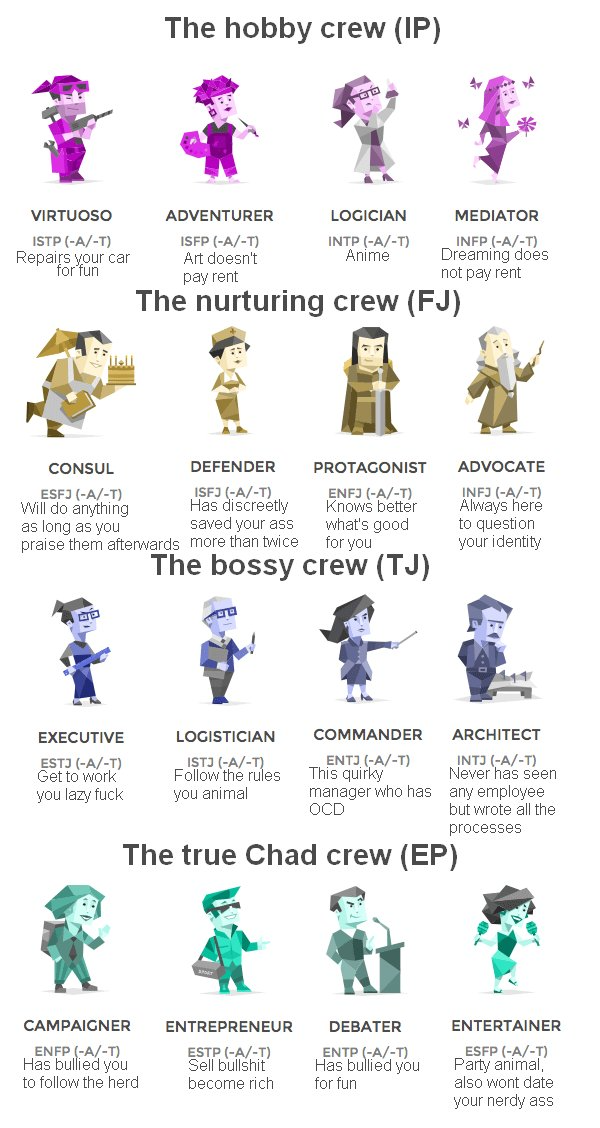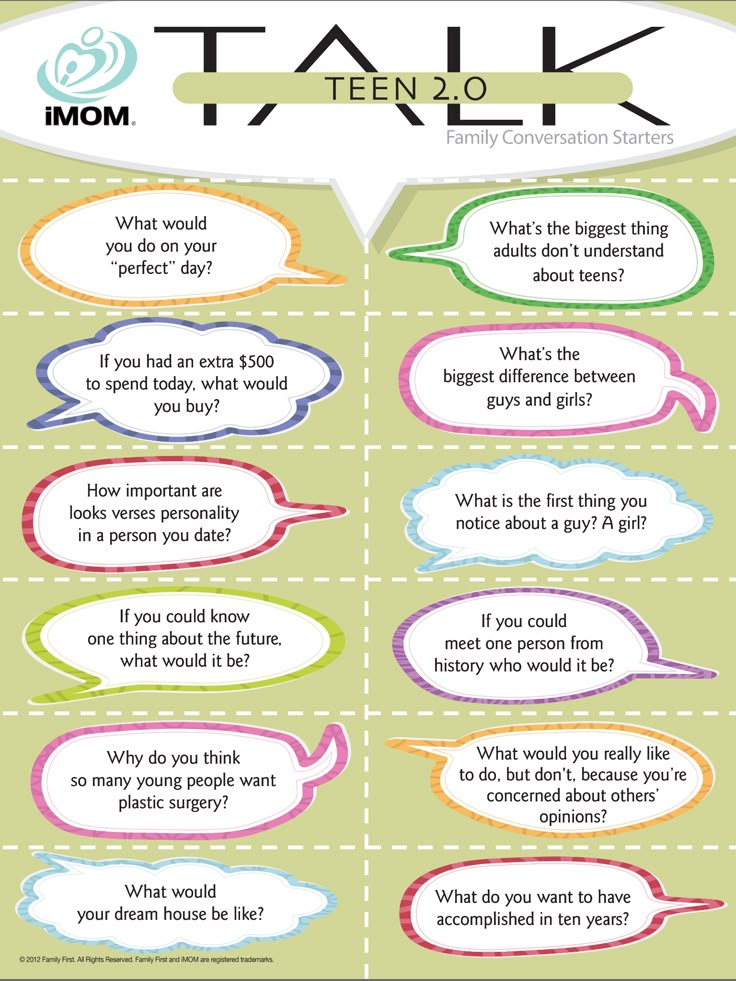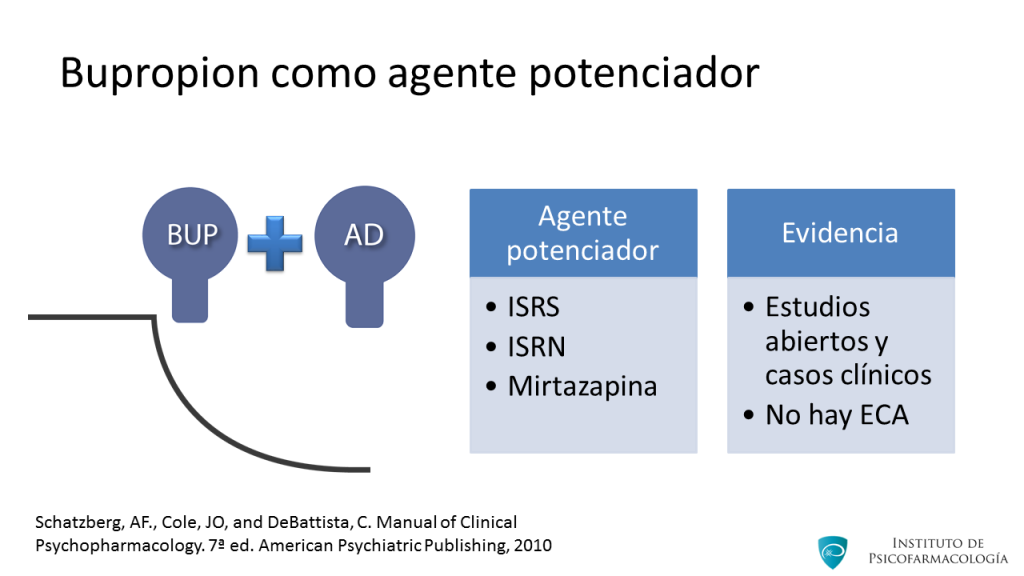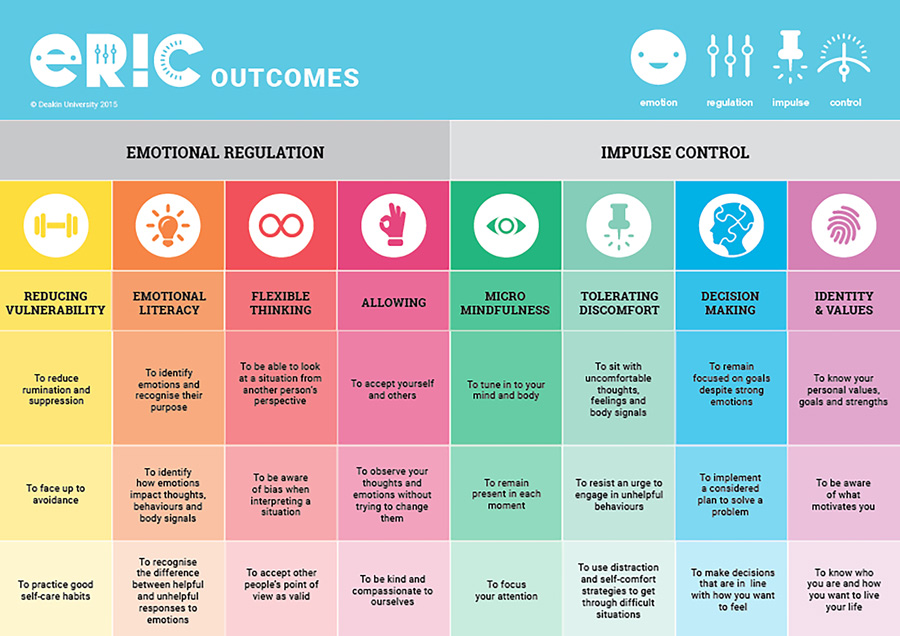Stuckness in counselling
7 Approaches to Getting Unstuck with Therapy Clients — Family Therapy Basics
“Stuckness” is part of our work as therapists. It can be frustrating and confusing to suddenly reach this experience when previously, our client was showing progress. In this post, I cover several approaches to helping therapists, and clients, get “unstuck.”
Caution: Avoid the blame game
First, a warning. Like in life, when we’re frustrated in our attempts, a reaction readily available to us is that of blame. I caution, during this experience, against blaming the client. A common term used to describe a client’s halt in progress is “resistance.” While this term is useful for inviting therapists to explore barriers to change the client may be encountering, it should not be used as a reason to “give up” on clients in the form of termination or referral. These should come only as a result of therapists thoroughly evaluating their contribution to the stuckness.
How to Get Unstuck1 | The Clarity Approach
After working with a client for a significant amount of time, it’s common to feel stuck. Typically, this is a result of the client reaching initial goals and both therapist and client needing clarity on how to move forward. Answering two questions, especially if a larger system has contributed to the client’s treatment (e.g., parents, school personnel, etc.), can bring clarity. Answer, in detail:
Who is the client?
What is the goal?
2 | The Evaluation Approach
Perhaps, in order to foster further progress, it’s necessary to review what the client has already accomplished. Consider:
It’s possible that the current pause in progress is simply a result of needing new goals. If this is the case, evaluating can lead you to review progress with your client as well as develop new, collaborative goals.
3| The Transparent Approach
Bring your “stuckness” to the client. While you may view the current stall as the client’s responsibility, it’s important to genuinely take responsibility for your feelings, from an "I" position. When communicating with the client, speak only about what you are experiencing, as well as what you’ve been considering. For example:
When communicating with the client, speak only about what you are experiencing, as well as what you’ve been considering. For example:
“I’ve been feeling a bit stuck in our work together. I must admit, I’m not sure how to move forward. We’ve accomplished x, y, z, and I see that you’ve (state changes) . . . I wonder, how might you want to move forward?”
Wait for the client’s response.
The purpose of transparency is to collaboratively face the stuckness, and also allow the client to decide next steps.
4 | The Presence Approach
Your client may be settling into a new normal as a result of making significant, or consistent, changes. He/she may also be going through a life-altering experience (as in the case of divorce, loss, or trauma). If either is the case, more change, even seemingly insignificant gestures, could feel threatening to the client. This is a time to accept where the client is, and
be with them in the midst of their struggle. Therapeutic conversations can center on deepening clients’ expressions of their experience--allowing them to go into the details, or, in contrast, providing a safe haven for a time, where clients can express themselves in ways other than talking, such as with play or art therapy techniques. These can allow clients to experience the now, while orienting the therapist to a new process, without a traditional goal.
Therapeutic conversations can center on deepening clients’ expressions of their experience--allowing them to go into the details, or, in contrast, providing a safe haven for a time, where clients can express themselves in ways other than talking, such as with play or art therapy techniques. These can allow clients to experience the now, while orienting the therapist to a new process, without a traditional goal.
5 | The Theory Approach
If you’re following a theoretical model, consult the theory. Review how you have moved through the theory’s steps and interventions, and consider where you are in the theoretical process. The theory will show you what to do next.
If you use an integrative theory, or an eclectic approach, create an intervention timeline, and reflect on a logical next step. It may also be useful to ponder what therapeutic steps you may have taken at a similar stage in therapy with a different client.
6 | The Self-of-the-Therapist Approach
With this approach, you consider your possible contribution to the stuckness, by reflecting on what you could be bringing into the therapeutic process with this client. These questions can help you begin your reflection:
These questions can help you begin your reflection:
Is your reaction to the stuckness related to anything triggering about the client and his/her presenting problem?
Could the client be facing something that is also present in your life, and you have not yet addressed?
Is it possible you are experiencing feelings of inadequacy or ineffectiveness due to the stuckness, and this is affecting your approach, or your pace, with the client?
Are you going through a personal crisis, or general work dissatisfaction?
If you answered “yes,” to any of these questions, take the time to analyze how your experience is interacting with your work with this client. A consultation with a supervisor or therapist can provide clarity, accountability, as well as a way for how to continue.
7 | The Feedback Approach
If you don’t ask for feedback regularly from clients, this is a great time to have a feedback session. The stuckness could be a result of the client’s therapy experience. For example, the client may not be satisfied with therapy, may be losing his/her motivation for therapy, or may be considering termination. Taking the time to discuss these options with the client will give you a larger, and clearer, picture of dynamics that could be affecting therapeutic progress.
The stuckness could be a result of the client’s therapy experience. For example, the client may not be satisfied with therapy, may be losing his/her motivation for therapy, or may be considering termination. Taking the time to discuss these options with the client will give you a larger, and clearer, picture of dynamics that could be affecting therapeutic progress.
Ask your client:
How has therapy been helpful thus far?
What change have you been able to implement as a result of our work together?
As you consider our sessions, what conversations stick out as meaningful to you? What conversations were not helpful?
Is there more you’d like to work on? If so, what goals do you have for this next stage of therapy? If not, how would you like to move forward? If relevant, introduce termination.
Summary
A lack of progress in therapy is the effect of a variety of factors, Oftentimes, evaluating and reflecting on past goals, client accomplishments, as well as therapist factors can allow for collaborative conversations that illuminate reasons for "stuckness" as well as options for next steps.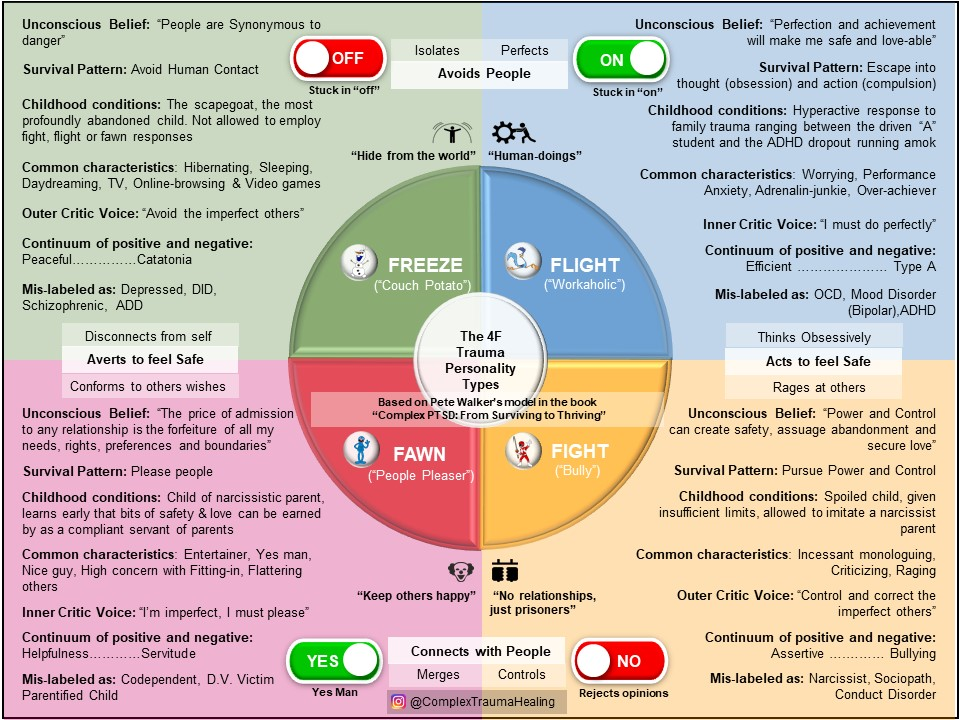
Getting Unstuck Cheat Sheet
>> Download the Getting Unstuck Cheat Sheet, found in the free Resource Library.
Let's Chat
Let me know in the comments below:
Client’s Progress Stalled? Your 5 Keys to Getting Unstuck in Therapy
Is Getting Stuck the Beginning or the End?
Your clients come to you with high hopes to eliminate or at least reduce the deficit from which they are suffering. So what do you do when a client stops making progress in therapy and it seems like your sessions are going nowhere? While it’s a common problem, understanding and support, while welcome, just won’t do it. You need effective strategies to get things back on track.
The first thing to remember is that It’s important to be able to talk candidly to your clients or their parents about diminished progress. While you may find these conversations to be awkward, being able to do so is definitely a skill that becomes sharper the more you practice it. And your clients will ultimately appreciate that you’re in tune with their needs and wishes. Fortunately, clinicians have several ways of navigating stuck scenarios.
And your clients will ultimately appreciate that you’re in tune with their needs and wishes. Fortunately, clinicians have several ways of navigating stuck scenarios.
The 5 Keys
1. Staring at the Elephant in the Room
John Duffy, Ph.D., a clinical psychologist and author of the book The Available Parent: Radical Optimism for Raising Teens and Tweens, talks quite openly with his clients about feeling stuck. Just having such conversations, he said, ignites change.
“Over the course of 15 years in practice, I’ve tried a lot of different techniques when I get stuck with a client. Now, I have found a device that seems to shift the dynamic almost immediately. I make the issue overt, and meta-communicate with my client around the stagnation of the therapy.”
“Effectively, I express my feelings.” I might say, “Lately, it feels to me like we’re stuck, and things are not changing, either for you or in sessions.”
“This type of statement alone tends to change the dynamic immediately. You are no longer ignoring the issue, but you moved directly toward it.”
You are no longer ignoring the issue, but you moved directly toward it.”
“I find that stagnation in therapy matches stagnation in life outside the therapy room. So, starting a shift in the room effectively becomes the therapy. In my opinion, few interventions are more effective, and it’s a model a client can use when stuck in almost any area of her life.”
2. Defang the Fears of Change
While clients seek therapy with the intent of making changes in their lives, actually making those changes can often seem scary or daunting. But the relief will only come from confronting the fear that appears to be an obstacle. This confrontation often becomes the catalyst to more substantive change and progress.
Therapy usually stalls because there is some internal conflict regarding confronting whatever that is or realizing the goal. As a therapist, you need to acknowledge to the client that you recognize things are stalled, and inquire as to what seems to be causing the problem. If the client seems apprehensive, offer reassurance that this is normal and create the necessary comfort for the client to voice those fears.
If the client seems apprehensive, offer reassurance that this is normal and create the necessary comfort for the client to voice those fears.
3. Explore the Deeper Roots of the Problem
Therapists concur that those internal conflicts that stand in the way of change are oftentimes rooted in a prior emotional trauma of the client. However, it is unlikely that the client will connect that prior experience to the current problem.
Many people, even when they know that a certain belief, behavior, or relationship pattern is irrational, nonetheless will continue with well-worn patterns that seemed to have worked thus far despite recognizing that they aren’t working. The therapist must understand that the impasse in therapy may have nothing to do with the therapy being delivered but is rather a wall constructed by the client’s current emotional reality.
4. Rededicate yourselves to your Shared Goals
For example, a Cognitive Behavioral Therapist (CBT) often finds that returning to the list of goals and treatment protocols when forward movement is halted will be helpful. By accentuating the fundamental objectives laid out at the beginning of the therapy, therapists can often reignite the process itself. The agenda of the therapist and client need to “sync” together again.
By accentuating the fundamental objectives laid out at the beginning of the therapy, therapists can often reignite the process itself. The agenda of the therapist and client need to “sync” together again.
When sessions move away from this baseline, it isn’t always so obvious or explicit that the client and therapist may be traveling down different paths. However, oftentimes the client’s nonverbal cues will let the therapist know that the appealing initial goal has been touched upon and that his/her motivation has been triggered once again.
Don’t wait for the client to give voice to the deviation from goals. Clients often feel awkward criticizing the therapist, who is perceived to be the expert. And so, they look to their therapist to set the agenda for any particular session and may not feel comfortable voicing their hesitation about moving forward. What’s more, clients sometimes blame themselves for the lack of motivation to follow or for falling short of their goals.
You can cut right through this by reading the client’s body language after restating a goal; it will be immediately revealed that you have hit on a goal that is really motivating. When you’ve moved into the zone of an appealing goal, the client will become more animated, the facial expressions will broaden, and you will have a client who is participating with more vigor and enthusiasm.
When you’ve moved into the zone of an appealing goal, the client will become more animated, the facial expressions will broaden, and you will have a client who is participating with more vigor and enthusiasm.
5. Engaging and Transforming Resistance
Deborah Serani, Psy.D, a clinical psychologist and author of the book Living with Depression, focuses on understanding why her clients are stuck. Rather than seeing these “stalemates” as hurdles, she sees them as “stepping stones” along the path toward growth and progress. As she puts it, “I’m a psychoanalyst by training, so for me, analyzing why a client is stuck is a meaningful treatment tool.”
“In the field, this is known as resistance — and the experience becomes a stepping stone that enables us to delve into historical reasons why the client may be blocked, stuck, or looping in an emotional holding pattern. Understanding why resistance is happening leads to newfound insight, which always “unsticks” therapy”!
In essence, she flips the “problem” of being stuck on its head. As Serani sees it, “It’s important for readers to know that analyzing resistance is a positive thing, so being stuck shouldn’t always be a red flag. I often tell my clients that being stuck allows us to roll up our sleeves and dig deeper to discover great things.”
As Serani sees it, “It’s important for readers to know that analyzing resistance is a positive thing, so being stuck shouldn’t always be a red flag. I often tell my clients that being stuck allows us to roll up our sleeves and dig deeper to discover great things.”
What is the type of character type
Content:
- What is a stuck personality type
- Features of a staging personality accentuation
- Causes
- How
- Diagnostics and Correction
- ,000
Enlargic type of personality is manifested an interesting accentuation of character, which contains both positive and negative traits. The quality of human life depends on their correct implementation. For this, the "stuck" individual needs to carry out considerable psycho-correctional work on himself. nine0003
Distrust is one of the main features
What is a stuck personality type
Stuck in psychology is a mental state in which a person lingers on some feeling or event for a long time.
Additional information. The following expressions are considered popular synonyms for this phenomenon: "sticky state" and "lingering character".
Most often, such behavior is observed in affectively stagnant people of the paranoid type of accentuation. The stuck type of personality represents such an accentuation of character, which is characterized by excessive stability of affect. nine0003
Stuck-type thoughts are detrimental to the individual himself
Additional information. Whatever emotions a person experiences, they must subside over time. After all, a detente has occurred, negative or positive feelings have come out.
In people with the stuck type, this process proceeds differently: after a while, the affect does not end. As soon as a person mentally returns to the situation, emotions begin to rage again.
Features of the stuck type of personality accentuation
Cognitive personality disorders - what does it mean? Among them are the following paranoid manifestations:
- Resentment is a striking feature of people with a stuck type of accentuation.

- Grudge. A person is able to “get stuck” in the grievances inflicted on him for a long time.
- Conflict. Representatives of the paranoid type will not miss the opportunity to enter into a quarrel with the offender at any opportunity. nine0006
- Affectively stagnant personalities experience the ups and downs that life provides for a long time. It is difficult for them to get rid of mental anguish.
- There is a clear separation of friends and enemies. At the same time, people can quickly move from a positive group to a negative one.
- Due to excessive suspicion in the head of a stuck person, thoughts about unfair treatment are often generated. In fact, these can only be speculations that have nothing to do with reality. nine0006
- The thinking of such people is immature, childish, prone to fantasies.
- In the love sphere, affectively stagnant personalities are pathologically jealous.
- Often, people with a stuck type of accentuation have increased demands on themselves and others.

- Of the positive features of character, one can single out endurance, ambition and perseverance. These traits help people of this type to achieve high results in the professional field.
Due to the constant growth of affect, a person can experience both long-term defeats in creative and labor activity, and outstanding successes. nine0003
Constant swings of ups and downs
Important! Due to the continuous change of falls and satisfaction, people with a stuck type of accentuation have a paranoid affect.
If the persistence of thoughts is too long, a person may have overvalued or delusional ideas.
Causes of occurrence
How to love yourself - what does it mean in psychology, acceptance of your personality
The exact causes that cause the development of psychopathology are not known. There are several views describing the process of its occurrence. According to the first theory, the formation of a stuck character of the paranoid type is a genetic predisposition. nine0003
nine0003
Additional information. Scientists have found that twins are almost equally paranoid traits. This allows us to assert a hereditary predisposition to the paranoid type.
Quite often a stuck type of accentuation occurs in those people whose close relatives suffered from mental disorders. The disadvantage of this theory lies in the inevitability of the situation. According to psychoanalytic theory, the stuck nature of the paranoid type is formed in early childhood. nine0003
Strict upbringing
Important! This is especially true for children who were brought up in authoritarian families, where there were strictness, exactingness, humiliation and physical punishment.
Because of this approach to upbringing, the baby gradually lost trust, first in his parents, then in other people. During the period of growing up, such a child gradually develops a protective mechanism, consisting of aggression and distrust. Also, there is a habit of blaming other people for all the failures. nine0003
nine0003
How it manifests itself
Epileptoid personality type
Personality stuck in psychology is characterized by a whole set of symptoms that one has to deal with daily. They negatively affect a person's life.
Additional information. The first symptoms are noticeable at an early age. Such children often overestimate their abilities, are characterized by excessive straightforwardness, stereotyped thinking and a disdainful attitude towards the feelings and interests of other individuals. nine0003
Struggle for justice
Psychologists describe the following typical manifestations of accentuation in adulthood:
- It is difficult for a person to establish trusting and close relationships with people.
- Because of the fear of being offended or deceived, the individual prefers to refuse acquaintances, choosing loneliness.
- Often such people are left without a partner due to excessive pedantry and pronounced egocentrism.

- A stuck personality type often encounters psychosomatic problems: diseases of the gastrointestinal tract, headaches, hypertension and disruption of the reproductive system. This is due to constant tension and the inability to recognize stress. nine0006
- The representative of the stuck type is unable to find mutual understanding with the children. This is especially true for children under the age of 5 years. An affectively stagnant person appreciates the truth, therefore, in a conversation with a child, he will stubbornly prove it. For children in the crisis of three years, it is important to feel smart and reasonable. Such a clash of two views can cause moral injury, both to one and the other interlocutor.
- A stuck person has difficulty talking about himself. Due to the fact that such people do not peer into the depths of their personality, they are able to characterize their own person only in their activities. nine0006
- Because of perseverance and a thirst for justice, a person constantly fights with people with the help of complaints, letters and lawsuits.

Such symptoms often lead affective-stagnant individuals to depression, as well as the development of compulsive-obsessive and anxiety disorders.
Diagnosis and correction
Diagnostic measures aimed at establishing an accentuated personality can be implemented using various questionnaires and tests. nine0028 For example:
- G. Shmishek's personality questionnaire. It includes 88 questions. For each of them, the subject must answer "Yes" or "No". There are 2 types of this questionnaire: for adults and children. They are the same, only in the version for kids the questions are described in a different way.
- For the diagnosis of adolescents aged 14-18, the A.E. Lichko. Thanks to objective scales, it will be possible to establish not only the type of character accentuation, but also to define psychopathy. nine0006
- To determine the degree of aggressiveness, a psychologist can use the test of A. Darki and A. Bass. Of the 75 statements, it is necessary to determine which options are most typical for the subject.

- Methods of R. Cattell will help to study the structure of personality. They contain 2 versions of the questionnaire: for children and adults.
- The questionnaire of K. Thomas will help to check the conflict.
A person with a stuck type of accentuation can be treated with the help of a psychotherapist. The shortest course is 5 meetings. nine0003
Important! The main purpose of the therapeutic sessions will be to train the affectively stagnant individual to use character traits for good purposes.
Seeing a psychologist
Working with a psychologist is difficult for such individuals, as they are constantly waiting for confirmation of their own innocence. You can learn to control feelings and emotions, as well as correct your own reactions to stimuli on your own. To do this, psychologists advise to start deep work on yourself with the help of the following recommendations:
- You must constantly separate your own fantasies from reality.
 This requires asking potential offenders why they committed this or that act, and whether their goal was really to cause damage.
This requires asking potential offenders why they committed this or that act, and whether their goal was really to cause damage. - Need to communicate with people more often. The more a person learns about the lives of other personalities, their reactions, motives, the better he will understand them.
- It is important to study child psychology, which will allow you to build friendly relationships with babies. Pleasant communication with the child will allow you to learn to look at the world with an open mind. nine0006
- It is necessary to think positively. As an exercise, you need to try every day to isolate the positives from a bad situation. Gradually it will become a habit.
- Any behavior of people must be tried to justify. This will allow not only to moderate one's own ardor, but also to understand the motives of a person.
If the positive aspects of character are not developed, the individual will turn into an anti-social personality. It is better to identify accentuations in childhood - this will help to carry out corrective work in a shorter time. nine0003
It is better to identify accentuations in childhood - this will help to carry out corrective work in a shorter time. nine0003
Video
Author:
Anna KylinichWhat is the type of accentuation of character
Content:
- What is a stuck personality type
- Features of a stable type of personality accentuation
- Causions
- How
- Diagnostics is manifested and correction 9000
- 9000
Zetling Type Zetling Type Zetling Type Zetling Type Zeta personality is an interesting accentuation of character, which contains both positive and negative traits. The quality of human life depends on their correct implementation. For this, the "stuck" individual needs to carry out considerable psycho-correctional work on himself. nine0003
nine0003
Distrust is one of the main features
What is a stuck personality type
Stuck in psychology is a mental state in which a person lingers on some feeling or event for a long time.
Additional information. The following expressions are considered popular synonyms for this phenomenon: "sticky state" and "lingering character".
Most often, such behavior is observed in affectively stagnant people of the paranoid type of accentuation. The stuck type of personality represents such an accentuation of character, which is characterized by excessive stability of affect. nine0003
Stuck-type thoughts are detrimental to the individual himself
Additional information. Whatever emotions a person experiences, they must subside over time. After all, a detente has occurred, negative or positive feelings have come out.
In people with the stuck type, this process proceeds differently: after a while, the affect does not end. As soon as a person mentally returns to the situation, emotions begin to rage again.
As soon as a person mentally returns to the situation, emotions begin to rage again.
Features of the stuck type of personality accentuation
Cognitive personality disorders - what does it mean? Among them are the following paranoid manifestations:
- Resentment is a striking feature of people with a stuck type of accentuation.
- Grudge. A person is able to “get stuck” in the grievances inflicted on him for a long time.
- Conflict. Representatives of the paranoid type will not miss the opportunity to enter into a quarrel with the offender at any opportunity. nine0006
- Affectively stagnant personalities experience the ups and downs that life provides for a long time. It is difficult for them to get rid of mental anguish.
- There is a clear separation of friends and enemies. At the same time, people can quickly move from a positive group to a negative one.
- Due to excessive suspicion in the head of a stuck person, thoughts about unfair treatment are often generated.
 In fact, these can only be speculations that have nothing to do with reality. nine0006
In fact, these can only be speculations that have nothing to do with reality. nine0006 - The thinking of such people is immature, childish, prone to fantasies.
- In the love sphere, affectively stagnant personalities are pathologically jealous.
- Often, people with a stuck type of accentuation have increased demands on themselves and others.
- Of the positive features of character, one can single out endurance, ambition and perseverance. These traits help people of this type to achieve high results in the professional field.
Due to the constant growth of affect, a person can experience both long-term defeats in creative and labor activity, and outstanding successes. nine0003
Constant swings of ups and downs
Important! Due to the continuous change of falls and satisfaction, people with a stuck type of accentuation have a paranoid affect.
If the persistence of thoughts is too long, a person may have overvalued or delusional ideas.
Causes of occurrence
How to love yourself - what does it mean in psychology, acceptance of your personality
The exact causes that cause the development of psychopathology are not known. There are several views describing the process of its occurrence. According to the first theory, the formation of a stuck character of the paranoid type is a genetic predisposition. nine0003
Additional information. Scientists have found that twins are almost equally paranoid traits. This allows us to assert a hereditary predisposition to the paranoid type.
Quite often a stuck type of accentuation occurs in those people whose close relatives suffered from mental disorders. The disadvantage of this theory lies in the inevitability of the situation. According to psychoanalytic theory, the stuck nature of the paranoid type is formed in early childhood. nine0003
Strict upbringing
Important! This is especially true for children who were brought up in authoritarian families, where there were strictness, exactingness, humiliation and physical punishment.
Because of this approach to upbringing, the baby gradually lost trust, first in his parents, then in other people. During the period of growing up, such a child gradually develops a protective mechanism, consisting of aggression and distrust. Also, there is a habit of blaming other people for all the failures. nine0003
How it manifests itself
Epileptoid personality type
Personality stuck in psychology is characterized by a whole set of symptoms that one has to deal with daily. They negatively affect a person's life.
Additional information. The first symptoms are noticeable at an early age. Such children often overestimate their abilities, are characterized by excessive straightforwardness, stereotyped thinking and a disdainful attitude towards the feelings and interests of other individuals. nine0003
Struggle for justice
Psychologists describe the following typical manifestations of accentuation in adulthood:
- It is difficult for a person to establish trusting and close relationships with people.

- Because of the fear of being offended or deceived, the individual prefers to refuse acquaintances, choosing loneliness.
- Often such people are left without a partner due to excessive pedantry and pronounced egocentrism.
- A stuck personality type often encounters psychosomatic problems: diseases of the gastrointestinal tract, headaches, hypertension and disruption of the reproductive system. This is due to constant tension and the inability to recognize stress. nine0006
- The representative of the stuck type is unable to find mutual understanding with the children. This is especially true for children under the age of 5 years. An affectively stagnant person appreciates the truth, therefore, in a conversation with a child, he will stubbornly prove it. For children in the crisis of three years, it is important to feel smart and reasonable. Such a clash of two views can cause moral injury, both to one and the other interlocutor.
- A stuck person has difficulty talking about himself.
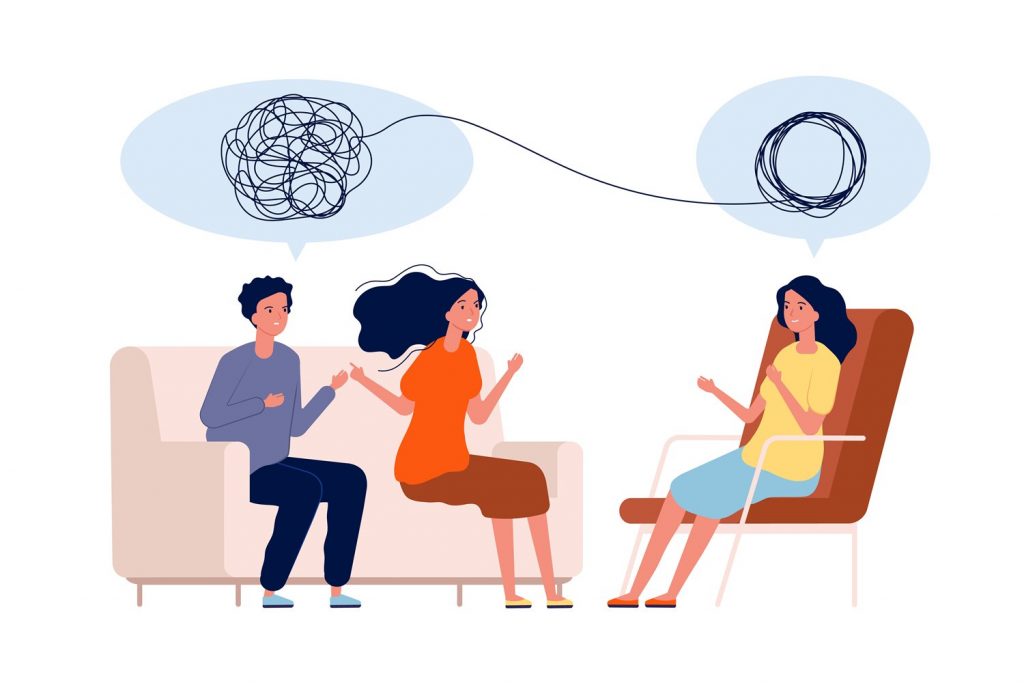 Due to the fact that such people do not peer into the depths of their personality, they are able to characterize their own person only in their activities. nine0006
Due to the fact that such people do not peer into the depths of their personality, they are able to characterize their own person only in their activities. nine0006 - Because of perseverance and a thirst for justice, a person constantly fights with people with the help of complaints, letters and lawsuits.
Such symptoms often lead affective-stagnant individuals to depression, as well as the development of compulsive-obsessive and anxiety disorders.
Diagnosis and correction
Diagnostic measures aimed at establishing an accentuated personality can be implemented using various questionnaires and tests. nine0028 For example:
- G. Shmishek's personality questionnaire. It includes 88 questions. For each of them, the subject must answer "Yes" or "No". There are 2 types of this questionnaire: for adults and children. They are the same, only in the version for kids the questions are described in a different way.
- For the diagnosis of adolescents aged 14-18, the A.
 E. Lichko. Thanks to objective scales, it will be possible to establish not only the type of character accentuation, but also to define psychopathy. nine0006
E. Lichko. Thanks to objective scales, it will be possible to establish not only the type of character accentuation, but also to define psychopathy. nine0006 - To determine the degree of aggressiveness, a psychologist can use the test of A. Darki and A. Bass. Of the 75 statements, it is necessary to determine which options are most typical for the subject.
- Methods of R. Cattell will help to study the structure of personality. They contain 2 versions of the questionnaire: for children and adults.
- The questionnaire of K. Thomas will help to check the conflict.
A person with a stuck type of accentuation can be treated with the help of a psychotherapist. The shortest course is 5 meetings. nine0003
Important! The main purpose of the therapeutic sessions will be to train the affectively stagnant individual to use character traits for good purposes.
Seeing a psychologist
Working with a psychologist is difficult for such individuals, as they are constantly waiting for confirmation of their own innocence. You can learn to control feelings and emotions, as well as correct your own reactions to stimuli on your own. To do this, psychologists advise to start deep work on yourself with the help of the following recommendations:
You can learn to control feelings and emotions, as well as correct your own reactions to stimuli on your own. To do this, psychologists advise to start deep work on yourself with the help of the following recommendations:
- You must constantly separate your own fantasies from reality. This requires asking potential offenders why they committed this or that act, and whether their goal was really to cause damage.
- Need to communicate with people more often. The more a person learns about the lives of other personalities, their reactions, motives, the better he will understand them.
- It is important to study child psychology, which will allow you to build friendly relationships with babies. Pleasant communication with the child will allow you to learn to look at the world with an open mind. nine0006
- It is necessary to think positively. As an exercise, you need to try every day to isolate the positives from a bad situation. Gradually it will become a habit.


